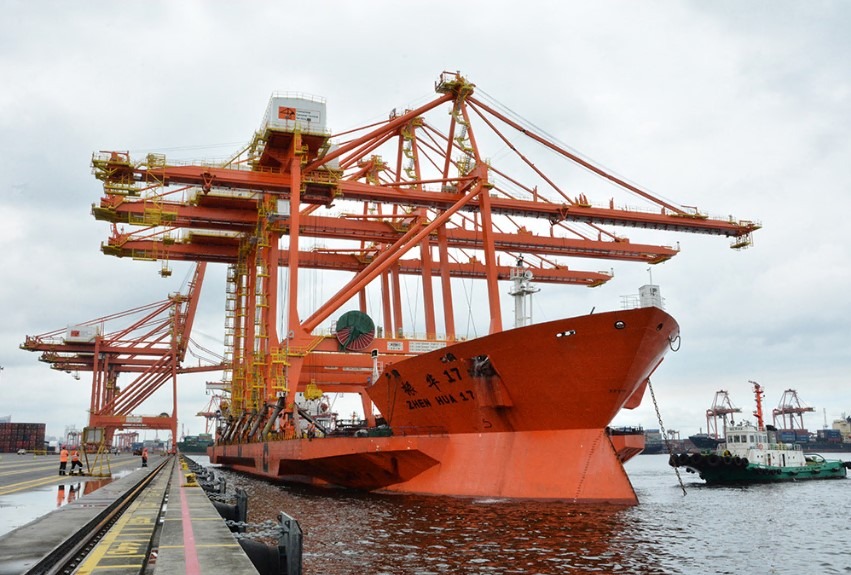
Meralco has two segments: power and others. and First Philippine Utilities Corp., also have direct equity ownership in Meralco. Metro Pacific, First Philippine Holdings Corp. Beacon Electric is a joint venture between Metro Pacific Investments Corporation and PLDT Communications and Energy Ventures. Meralco also manages electric distribution facilities in the Cavite Economic Zone under a 25-year concession agreement with Philippine Economic Zone Authority.Īs of recent annual filing, Meralco is owned directly by two major stockholder groups, Beacon Electric Asset Holdings and JG Summit Holdings. In addition, Meralco manages electric distribution facilities of Pampanga Electric Cooperative II through Comstech under an Investment Management Agreement. Through several subsidiaries in the services segment, Meralco provides engineering, design, construction and consulting services, bill collection services, distribution and energy management services, and communications, information systems and technology services.


GBPC is developing power generation plants through its wholly owned subsidiary, MGen. 66 and the Joint Venture Agreement executed between CDC and Meralco Industrial Engineering Services Corporation dated February 1997.įurther, Meralco has an equity interest in a power generating company, Global Business Power Corp. Granted by Clark Development Corp., CEDC is a registered private distribution utility, franchised to own, operate and maintain a power distribution system and to distribute power exclusively within its franchise area, which includes the Clark Freeport Zone and the sub-zone as determined pursuant to Presidential Decree No. The power segment, primarily power distribution, consists of operations of Meralco and its subsidiary, Clark Electric Distribution Corporation (CEDC).

In 2016, the region continued to account for the largest share of the national economy as it had the largest share of the country's GDP at 36.6%. These cities and municipalities mainly comprises the Philippines' National Capital Region-the second most populous region in the Philippines. The Republic Act grants MERALCO a 25-year franchise valid through June 28, 2028, to construct, operate and maintain the electric distribution system in the cities and municipalities of Bulacan, Cavite, Metro Manila and Rizal and certain cities, municipalities and barangays in the provinces of Batangas, Laguna, Pampanga and Quezon (1). Power generation later generated more revenue for the company.Īccording to filings, Meralco holds a congressional franchise under the Philippine Republic Act No. Acquisitions decades later with the lead of an American businessman and lawyer Charles Swift brought to life the Manila Electric Railroad and Light Company, which was mainly a public transportation company. Manila Electric Company, or Meralco, traces its roots in the name of the company La Electricista, a company organized in 1891 and that began operations in late 1894. Meralco ADR shares, meanwhile, performed poorly so far this year with (-)20.34% total losses vs. 12.98% while having outperformed the index in the past three year with 8.32% (annualized) vs. Meralco underperformed so far this year compared to the local broader index, iShares MSCI Philippines ETF (EPHE), with 5.32% gains vs.

Meralco's ADR shares, meanwhile, had trailing dividend yield 1.76% with 26% payout ratio (GuruFocus).Īverage 2017 revenue and earnings-per-share estimates indicated forward multiples of 1.1 times and 16 times. The company had a 3.24% dividend yield with 0% payout ratio (Reuters). industry median 17.6 times, P/B ratio 4.4 times vs. According to GuruFocus data, the company had trailing P/E ratio 15.6 times vs. Manial Electric is slightly undervalued compared to its peers.
#Manila power utility drivers
Hence, despite global growth and geopolitical uncertainties, we remain confident that the domestic economy will continue to expand at the current pace, or potentially faster, as new drivers weigh in, such as more government/public private partnership projects with more bilateral funding from regional powerhouses." "Strong macroeconomic fundamentals underpin the past growth trajectory of the Philippines and we see these as being sustained in the short- to medium-term.


 0 kommentar(er)
0 kommentar(er)
